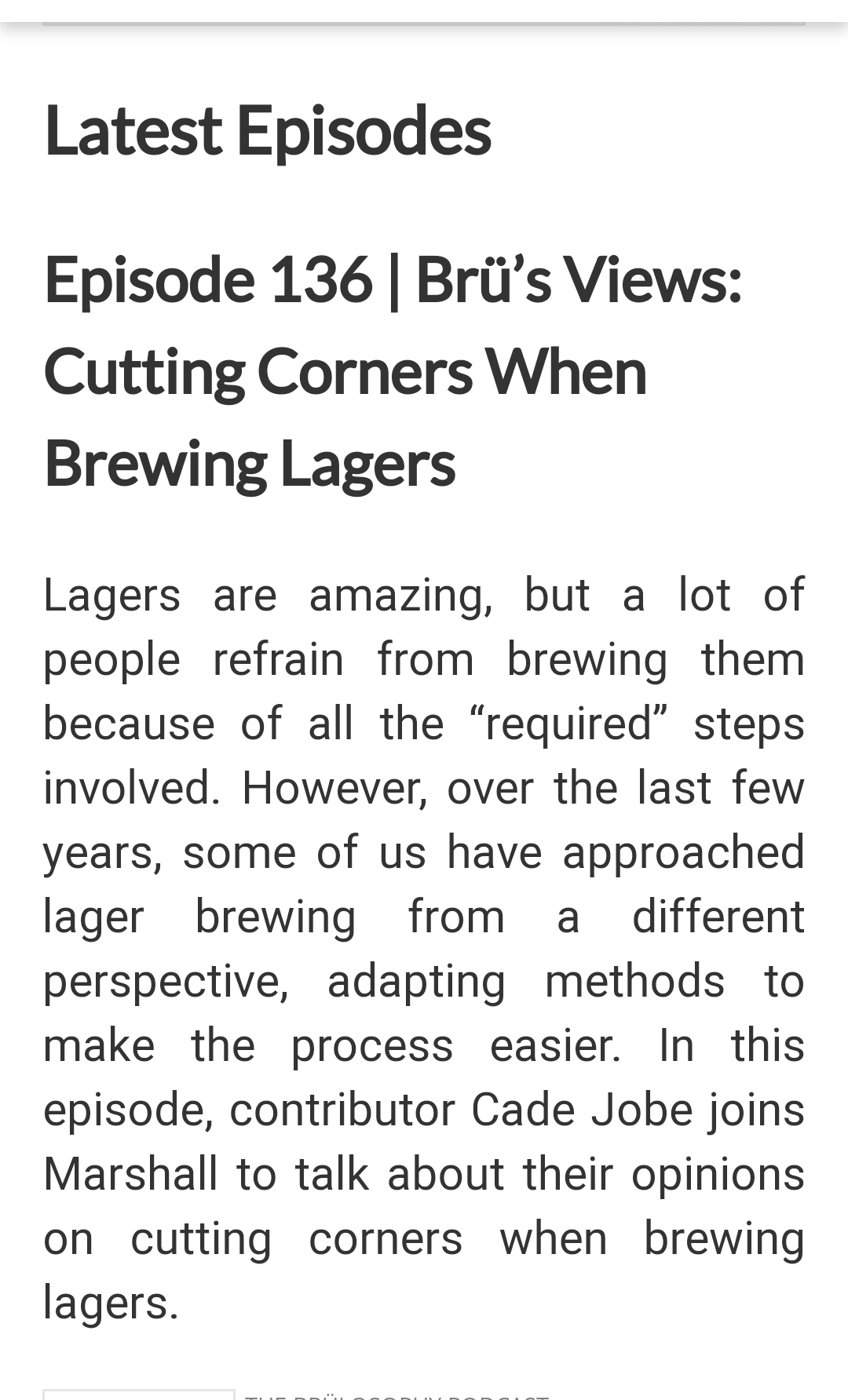My first lager, a Helles, is ready to transfer to a keg today, and I am grappling with the urge to put it on line within, say, a week or so as opposed to the typically prescribed lagering period.
This is not about me being impatient - I have plenty of tasty brew on tap currently - it's just that I read a Brulosophy bit on this topic today, and it essentially said good results are had these days by just controlling the temps "properly" during fermentation - which I have, and there should be no need for extended lagering periods if this is done right.
I did what I believe was a typical fermentation for this style - pitched two sachets of 34/70 at 50 F, waited until fermentation was at least 50% done (gravity check - hydrometer), slowly raised the temp to 65 F over 4 days while it finished up then let it sit another 4 days to clean up, then slowly brought it down to 37 F over 3 days. It has been sitting at 37 F for two full days now and I am preparing to keg it today.
I could then place the keg in a temp-controlled chest freezer at 33-34 F and lager it, but then transferring it from the freezer to my kegerator, I would think, will stir up some sediment, no? Alternately, I could leave it in the unitank on glycol at 37 F for another week while I suck down what's left in a keg of Kolsch thus freeing up space in the kegerator, and just lager it in the kegerator - but this would tie up a tap for however long I manage to force myself to lager this thing.
Who here puts their lagers on tap within a week or so after packaging?
This is not about me being impatient - I have plenty of tasty brew on tap currently - it's just that I read a Brulosophy bit on this topic today, and it essentially said good results are had these days by just controlling the temps "properly" during fermentation - which I have, and there should be no need for extended lagering periods if this is done right.
I did what I believe was a typical fermentation for this style - pitched two sachets of 34/70 at 50 F, waited until fermentation was at least 50% done (gravity check - hydrometer), slowly raised the temp to 65 F over 4 days while it finished up then let it sit another 4 days to clean up, then slowly brought it down to 37 F over 3 days. It has been sitting at 37 F for two full days now and I am preparing to keg it today.
I could then place the keg in a temp-controlled chest freezer at 33-34 F and lager it, but then transferring it from the freezer to my kegerator, I would think, will stir up some sediment, no? Alternately, I could leave it in the unitank on glycol at 37 F for another week while I suck down what's left in a keg of Kolsch thus freeing up space in the kegerator, and just lager it in the kegerator - but this would tie up a tap for however long I manage to force myself to lager this thing.
Who here puts their lagers on tap within a week or so after packaging?




![Craft A Brew - Safale S-04 Dry Yeast - Fermentis - English Ale Dry Yeast - For English and American Ales and Hard Apple Ciders - Ingredients for Home Brewing - Beer Making Supplies - [1 Pack]](https://m.media-amazon.com/images/I/41fVGNh6JfL._SL500_.jpg)























































